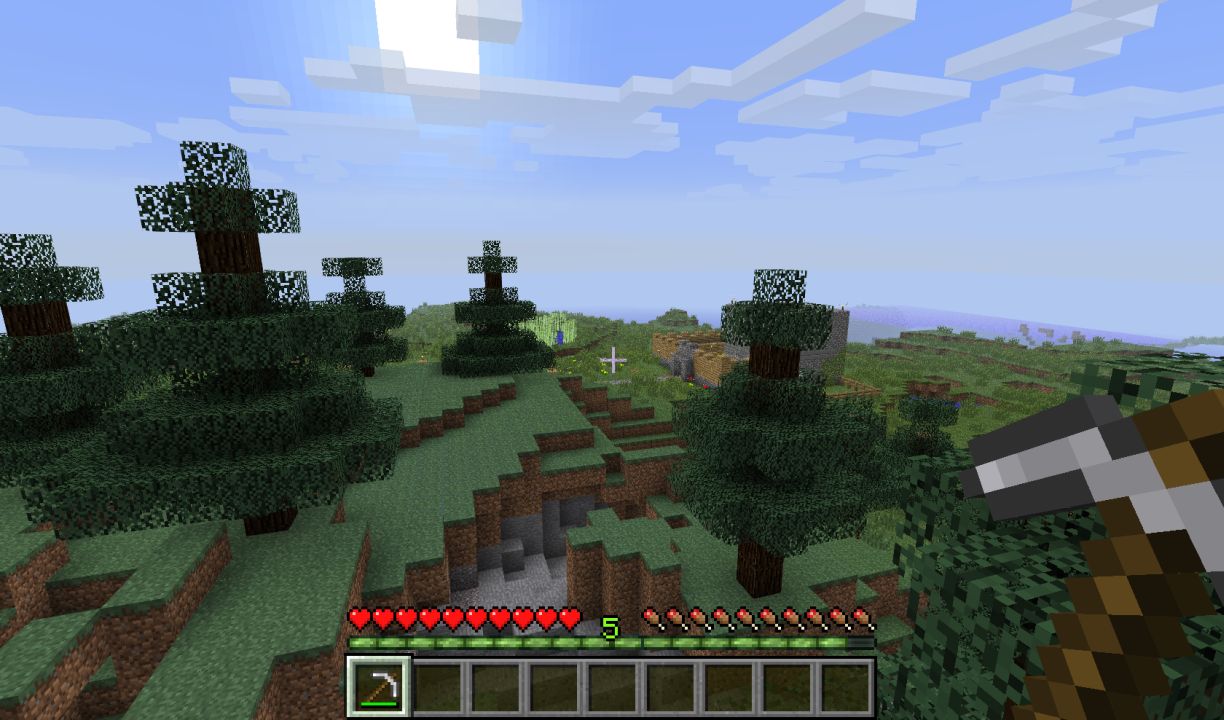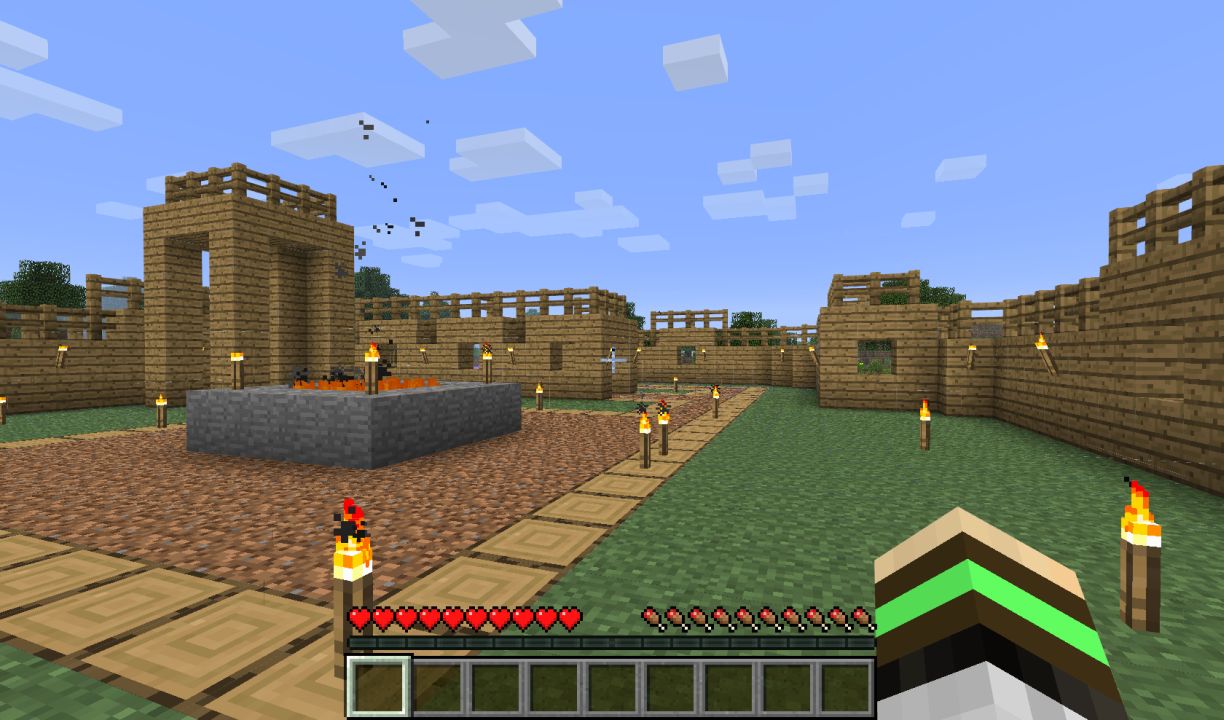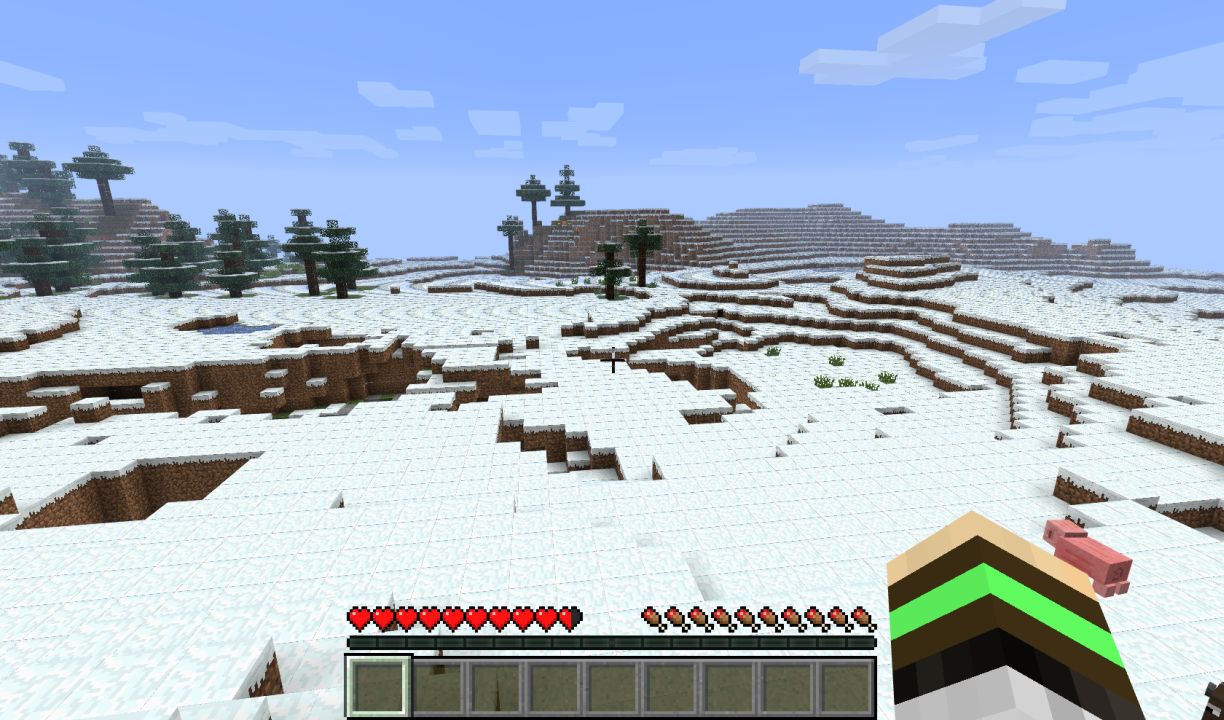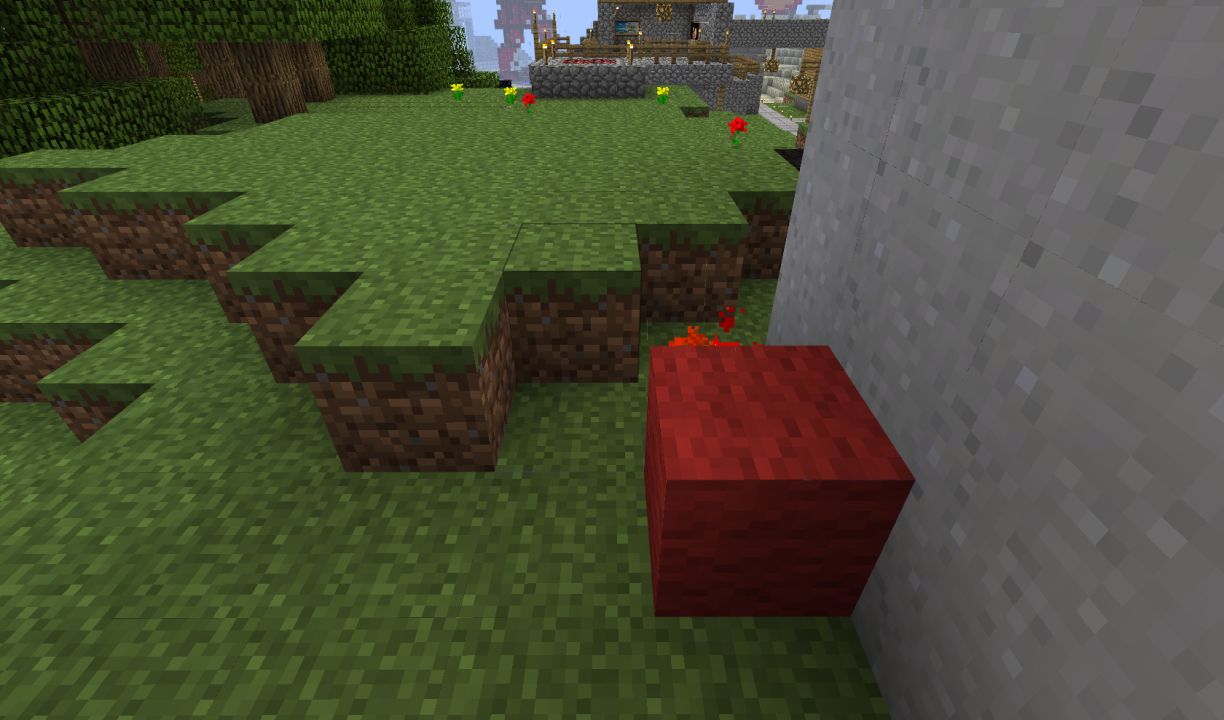Minecraft Review
Minecraft is a game that refuses to follow any norms, and this is reflected even in the game’s release: when all is said and done, the release of Minecraft might just be a non-event in its history. With a paid open-enrollment beta and a constant history of updates, Minecraft was already a popular game a year ago, and it might just be even more popular three years from now. Minecraft has even already had its spinoffs and clones in the forms of ‘Ace of Spades’ and ‘Fortress Craft’. In nearly every sense, there is simply nothing particularly special about Minecraft’s release date, except that it awards internet gamers with the pleasure of having an excuse to review it.

In the indie game market, this is a title that will take on legendary status, simply because of its wild success from humble beginnings: Minecraft was originally written by only one person, Markus “Notch” Persson (notably making use of an engine built by Zachary Barth). Its simple one-man beginnings are still evidenced in the straightforward semi-retro menus, lack of splash screens or other visual niceties, and its foundation in Java. Upon the initially modest release of the beta, Minecraft quickly gained popularity and sold several million copies, appropriately turning the title into (wait for it…) a goldmine, thereby providing enough funding to found Mojang Studios, Persson’s ongoing vehicle to further game development. It’s a cheering rags-to-riches story that will serve as a continual inspiration to indie game developers.
Like many of the better indie games today, Minecraft’s strength lies in its simplicity: the gameplay takes place in a randomly generated persistent world which is made up of identically-sized cubes. Cubic trees grow out of cubic dirt. Mountains of cubes are decked by cubic trees and cubed rock faces. Wildflowers can’t grow too close together, because each one takes up exactly one cube of volume. It’s heaven for the obsessively compulsive. You, as the player, begin the game at a random spawning point, empty both in hand and inventory, and your only available action being to punch. But punching trees breaks their wood down into smaller, portable cubes which can be wielded as crude tools. Get enough wood cubes and you can build some planks. Get enough planks and you can make a workbench, which will let you make an axe, or a shovel, or a sword. The more tools you have, the easier it is to get raw materials, and soon the game blossoms into a piggy-back system of making new items from your new materials, and vice versa. Minecraft is a sandbox game in the purest sense of the word, in that the focus of the game is on exploration and experimentation, rather than linear progression.

This style of gameplay is the defining quality of Minecraft, but it’s not without its faults. With no options for tutorials or hints at crafting to guide a new player through the game, it’s a little too tempting to simply look online for ‘recipes’, especially if you ever get caught spending several minutes trying combinations of materials that simply don’t work. This is admittedly a particularly sticky problem for the genre: giving hints or tutorials can instantly sap all the fun out of crafting and experimenting, but having no direction whatsoever leaves too broad of a sample space to be explored by a player. Still, facing these tough questions is part of the job of any game designer.
The conflict in the world of Minecraft, assuming that you’re playing on the classic mode, comes at nighttime, when a variety of zombies and monsters (called Creepers) come out to roam the world. At first, your only safety will be found indoors, requiring you to build a house, but eventually you’ll be able to arm yourself enough to venture forth at night for the hunt. This gives you a straightforward goal of survival during the dark hours, but generally speaking the threat isn’t engaging enough to draw you away from your crafting, which remains the central fun of the game. It’s easy to fall into a pattern of exploring and gathering during the day, and experimenting during the night. One problem with Minecraft’s conflict is that the punishment is so absolute: run into a creeper unprepared, or fall from too great height, and you’ll be dead almost instantly, making you lose all your preciously gathered items and respawn elsewhere on your world. More than once I have had my time wasted by a single misstep while building a tall structure, forcing me to essentially restart the game at a very far distance from my home base. Granted, these obstacles are slowly overcome as you progress in the world (when you learn to craft certain items), and in the meantime the absolute devastation of death provides strong incentive to build carefully and avoid monsters, but in its current form it still feels somewhat out of balance.

Another aspect of the game that is still rough around the edges is Multiplayer. If you know the IP address of a multiplayer server, you can connect into a Minecraft world with several players in it and work cooperatively on building. One would think that making sandcastles together would be great fun (after all, it worked in kindergarten), but since the multiplayer is essentially the original game, but with many players, there’s not much built into the experience to encourage teamwork or communication. Modding opportunities and future updates may change all that, but until then, the single player version is actually more fun.
The open-ended formula of Minecraft has been tried in other games, but what makes it work especially well in this case is the purity of the environment. Literally every single ‘atom’ of the world can be useful to you in some way, and can be changed by you to suit your liking. Don’t like those trees on your lawn? Cut them down and plant flowers. Tired of swimming to that island? Build a bridge or tunnel to it. In need of a self-esteem boost? Whittle down an entire mountain until it spells out your name in giant letters. Minecraft doesn’t reinvent the sandbox genre: it reminds us what that genre actually is. Years of open-world gaming and Grand Theft Auto clones have associated the word ‘sandbox’ with loose role-playing and unordered optional quests. The beauty of Minecraft is that it strips even these so-called unstructured games down to their core and gives the sandbox gamer exactly what he or she has always dreamed of: a world where you can do whatever you want. Yes, Minecraft technically has a win condition, for those philistines who desperately need it, but players can be blissfully unaware of it and still fully enjoy the game.

For all its uniqueness and popularity, Minecraft isn’t the founding of a new genre. Although there will undoubtedly be similarly pure sandbox games released on the indie market in the next few years, it feels as though there’s only enough room in the world for one Minecraft. In short, the game is not so much a classic as a cult classic, but it’s a cult classic that is here to stay. We’ll still be talking about this one in ten years.
